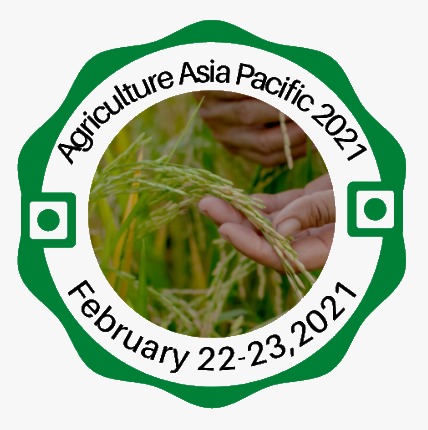Dawd Temam
Imma University, Jimma, Ethiopia
Title: Multi-indicator Evaluation of Agricultural Drought Trends in Ethiopia - Implications for Dry land Agriculture and Food Security
Biography
Biography: Dawd Temam
Abstract
Agriculture in Ethiopia is the main economic sector that influenced by agricultural drought. A simultaneous assessment of drought trends using multiple drought indicators is useful for drought planning and management. Intra-season and seasonal drought trends in Ethiopia were studied using a suite of drought indicators. Standardized Precipitation Index (SPI), Standardized Precipitation Evapotranspiration Index (SPEI), Palmer Drought Severity Index (PDSI) and Z-index for long-rainy, dry, and short-rainy seasons are used to identify drought-causing mechanisms. The Statistical software package R version 3.5.2 was used for data extraction and data analyses. Trend analysis indicated shifts in late-season long-rainy season precipitation into dry in the southwest and southcentral portions of Ethiopia. Droughts during dry season (October–January) were largely temperature controlled. Short-term temperature-controlled hydrologic processes exacerbated rainfall deficits during short rainy season (February–May) and highlight the importance of temperature- and hydrology-induced soil dryness on production of short-season crops such as tef. Droughts during long-rainy season (June–September) were largely driven by precipitation declines arising from the narrowing of the intertropical convergence zone (ITCZ). Increased dryness during long-rainy season had severe consequences on the production of corn and sorghum. PDSI was an aggressive indicator of seasonal droughts suggesting the low natural resilience to combat the effects of slow-acting, moisturedepleting hydrologic processes. The lack of irrigation systems in the nation limits the ability to combat droughts and improve agricultural resilience. There is an urgent need to monitor soil moisture (a key agro-hydrologic variable) to better quantify the impacts of meteorological droughts on agricultural systems in Ethiopia.

